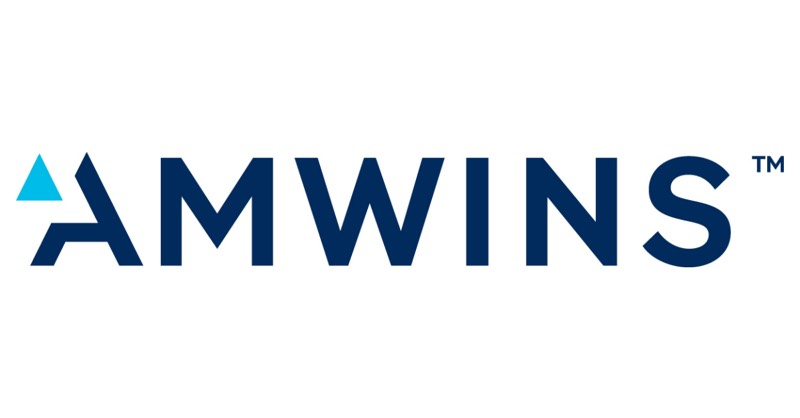As insurers stop selling new policies or fully exiting distressed markets like California and Florida, and with remaining carriers raising rates, tightening terms and cutting capacity, AMWINS expects difficult market conditions will continue in personal lines and small commercial property.
 At the same time, analysts highlight that “as homeowners and small business owners struggle with the fallout, the opportunity exists for retailers to capitalise on increased underwriting appetite in the E&S market to provide the protection customers need.
At the same time, analysts highlight that “as homeowners and small business owners struggle with the fallout, the opportunity exists for retailers to capitalise on increased underwriting appetite in the E&S market to provide the protection customers need.
Admitted carriers have struggled to achieve profitability for the past half decade, particularly in the California and Florida home and small commercial property markets. In 2022thes started to pull back on homeowner and small commercial property coverage in these markets.
Claims have increased in frequency and severity (including record-setting wildfires), also high inflation and construction prices, and soaring litigation costs have driven up loss ratios.
Additionally, unfavourable reinsurance pricing and terms have put further pressure on the bottom line, analysts highlight.
Due to this evolving landscape of shifting peril or risk and the associated frequency and severity, the AMWINS report states, admitted insurers have not been able to adapt coverage and/or pricing quickly enough to achieve profitability.
The regulatory approval cycle is still behind due to the pandemic and is moving slower than the pace of economic change that carriers are forced to contend with. Additionally, state regulation often presents further obstacles to achieving rate adequacy.
Moreover, state insurance pools have had the unintended consequence of creating artificial pricing and coverage competitive barriers. This makes it more difficult for admitted insurers to remain in a market where pool use is increasing.
Admitted carriers have not been able to set adequate rates, and the fact that insured building values keep increasing means that homeowners are consistently looking at significant, often double-digit premium rate increases, the report highlights.
In some cases, building owners are insuring properties at less than full value (if allowed by the carrier) or choosing to self-insure entirely due to unaffordable insurance premiums. This means that “insureds are taking more risk today in an effort to offset meaningful premium increases.”
Analysts add: “There is also a fundamental insurance availability challenge, which is particularly acute in the high net worth segment. Whereas five years ago there were a half dozen carriers aggressively underwriting in this space, finding a single carrier today to insure a $10M or even $5M home is increasingly difficult.
“Creative approaches including ventilated coverage towers—previously only seen on larger middle market and technical commercial property risks—have made their way into the consideration for homeowners and, to a lesser degree, small business insurance solutions.”
They continue: “Purchasing a low-limit, bare-bones primary policy (even through a state insurance pool), followed by a supplemental or difference-in-condition policy to cover additional perils, followed by one or more excess layers, is becoming more common. In these situations, it is essential to carefully review policy language to prevent gaps in coverage between layers.”
AMWINS notes that regulators are aware of the troubled property market, and chave proposed of initiated some changes. For example, in Florida, updates to home insurance laws have been approved which are designed to keep carriers in the state.
They also include requirements for flood insurance, reinsurance changes and efforts to curb lawsuit abuse. In while legislative efforts stalled, the governor issued an executive order calling for regulatory action to improve the “efficiency, speed and transparency” of the rate approval process.
However, AMWINS if regulatory changes are to happen, they will take time to implement and even more time for their impact to be felt. Therefore, analysts expect difficult market conditions in personal lines and small commercial to continue through at least 2024.


